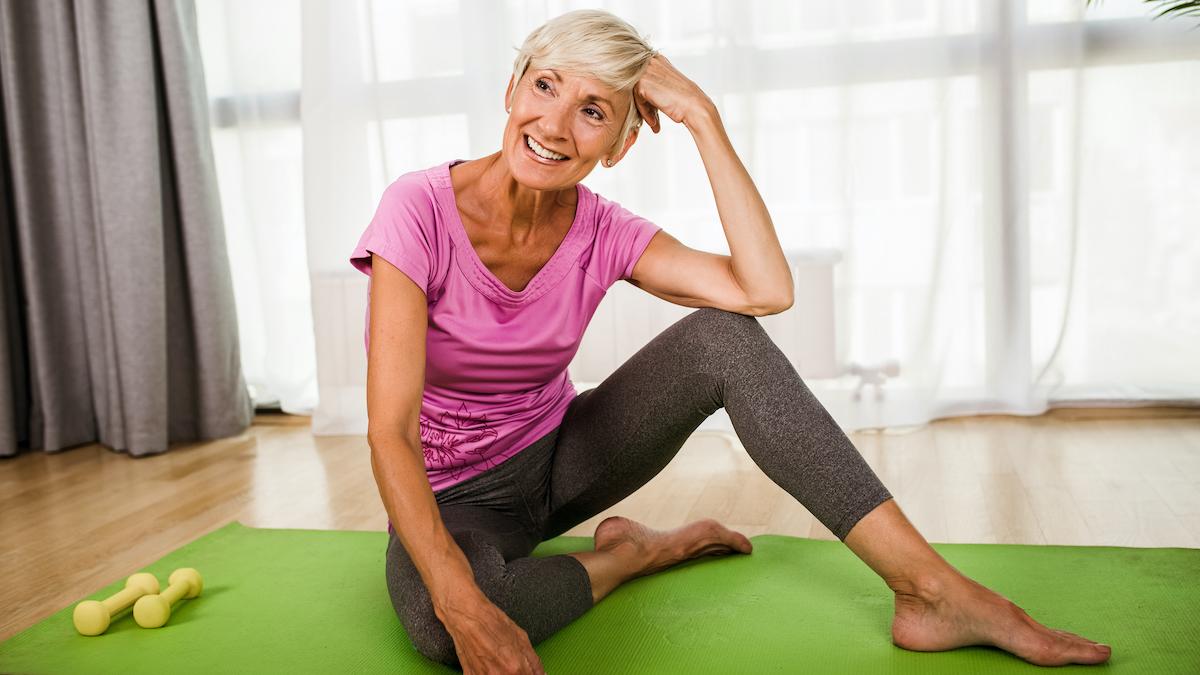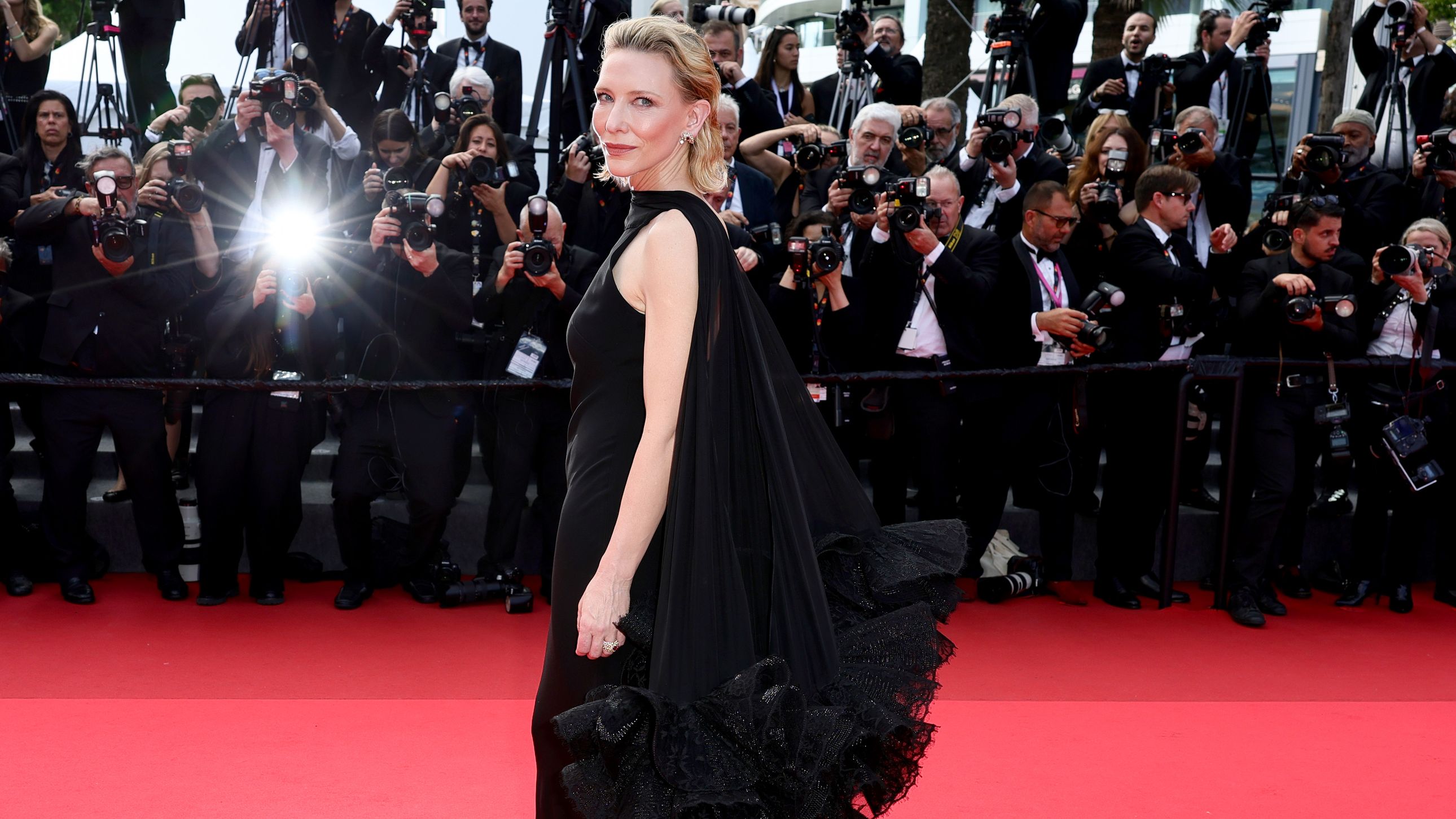Pilates Over 60: Reclaim Strength, Flexibility, and Balance – Your Guide to a Vibrant Later Life

As we age, maintaining strength, mobility, and balance becomes increasingly crucial for overall well-being and independence. While many might assume intense workouts are off the table after 60, Pilates offers a gentle yet incredibly effective solution. This comprehensive guide explores the remarkable benefits of Pilates for individuals over 60, detailing how it transforms the body and enhances quality of life.
Why Pilates is Ideal for the Over 60s
Pilates isn't about pushing your limits; it's about mindful movement and controlled engagement of your core muscles. This approach makes it exceptionally suitable for older adults who may have pre-existing conditions, joint pain, or reduced mobility. Unlike high-impact exercises, Pilates is low-impact, minimizing stress on joints while maximizing strength gains.
The Benefits: A Full-Body Transformation
- Increased Strength: Pilates strengthens your core, back, and legs – essential for everyday activities like walking, climbing stairs, and carrying groceries.
- Improved Mobility & Flexibility: Gentle stretching and controlled movements enhance flexibility, reducing stiffness and improving range of motion. This can alleviate aches and pains associated with aging.
- Enhanced Balance: Pilates exercises specifically target balance and coordination, significantly reducing the risk of falls – a major concern for older adults.
- Better Posture: Strengthening core muscles helps correct postural imbalances, reducing back pain and improving overall body alignment.
- Reduced Pain: Pilates can alleviate chronic pain conditions like arthritis and osteoporosis by strengthening supporting muscles and improving joint stability.
- Improved Cognitive Function: The focus and concentration required during Pilates can contribute to improved cognitive function and mental clarity.
Getting Started: What to Expect
Before starting any new exercise program, it's essential to consult with your doctor, especially if you have any underlying health conditions. Begin with beginner-level classes or private sessions with a certified Pilates instructor. They can tailor the exercises to your specific needs and limitations.
Here are a few tips for starting Pilates after 60:
- Start Slow: Don't try to do too much too soon. Gradually increase the intensity and duration of your workouts.
- Listen to Your Body: Pay attention to any pain or discomfort and modify exercises as needed.
- Focus on Form: Proper form is crucial to avoid injuries. A qualified instructor can provide guidance and corrections.
- Be Consistent: Aim for 2-3 Pilates sessions per week to reap the full benefits.
Equipment and Variations
Pilates can be performed with or without equipment. Mat Pilates uses only your body weight and a mat, while reformer Pilates utilizes a specialized machine with springs and pulleys to provide resistance. Both variations offer significant benefits. Chair Pilates is another accessible option.
Embrace a Healthier, More Active You
Pilates is more than just an exercise; it's a pathway to a healthier, more vibrant later life. By incorporating Pilates into your routine, you can reclaim your strength, flexibility, and balance, enjoying a greater sense of independence and well-being. Don't let age be a barrier – embrace the transformative power of Pilates and rediscover the joy of movement!






